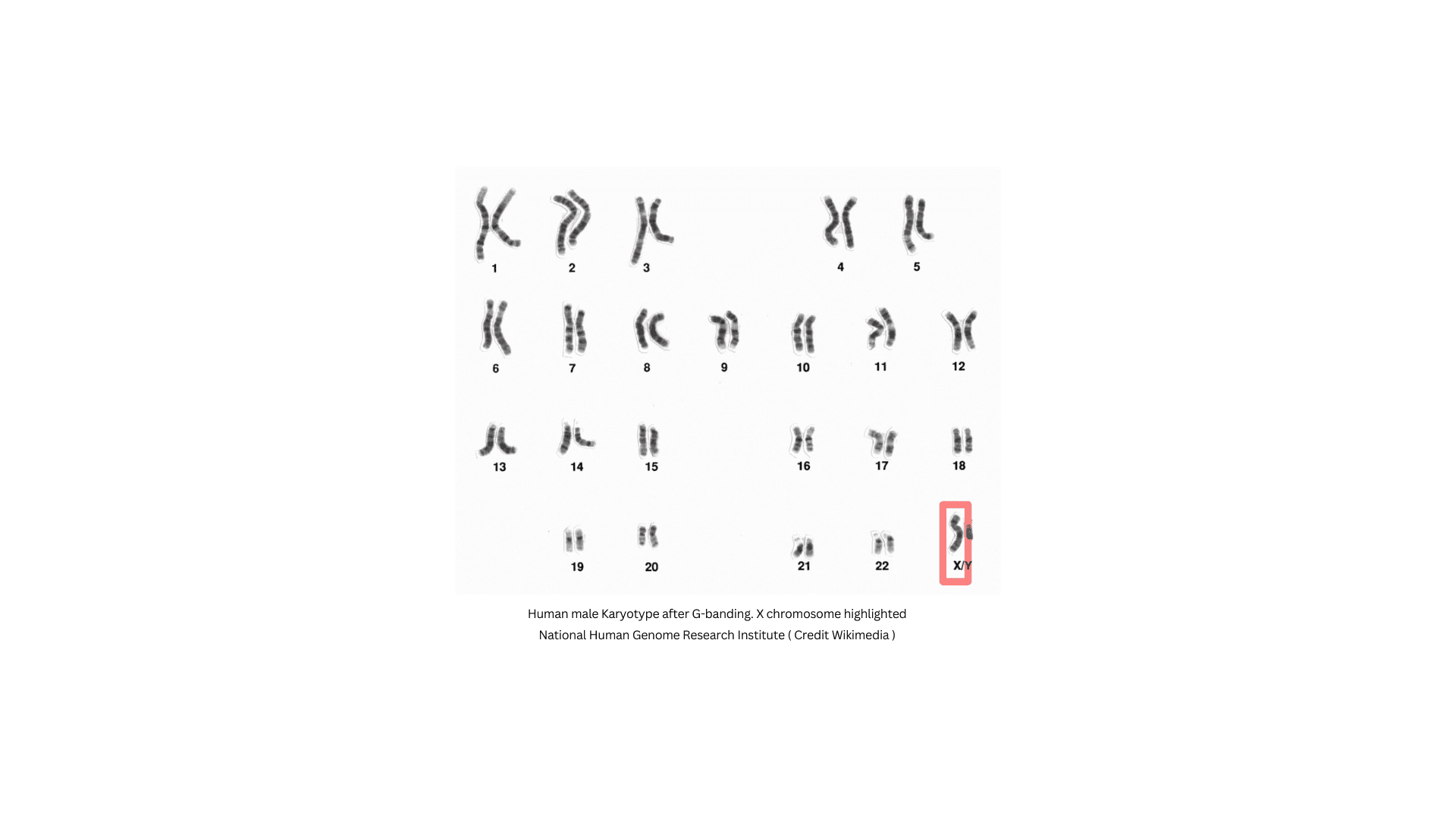Download A4Medicine Mobile App
Empower Your RCGP AKT Journey: Master the MCQs with Us!

X-linked recessive disorders represent a significant category of genetic conditions that are determined by mutations in genes located on the X chromosome. The X chromosome, one of the two sex chromosomes in humans, harbors 867 identified genes that play pivotal roles in the development of various tissues, including bone, neural, blood, hepatic, renal, retina, ears, cardiac, skin, and teeth. Out of these, at least 533 disorders have been attributed to mutations in genes on the X chromosome, underscoring the critical impact of this chromosome on human health.
X-linked inheritance refers to the pattern by which certain traits or disorders, governed by genes on the X chromosome, are passed from parents to offspring. This pattern of inheritance is distinct because of the difference in the number of X chromosomes between males (XY) and females (XX). In 1961, Mary Lyon proposed the concept of X inactivation, which states that in the cells of mammalian females, one of the two X chromosomes undergoes random inactivation in early embryonic development. This process ensures that both males and females have a single active X chromosome in each cell, providing a mechanism that partially compensates for the dosage difference between males and females but also...
Try our Free Plan to get the full article.